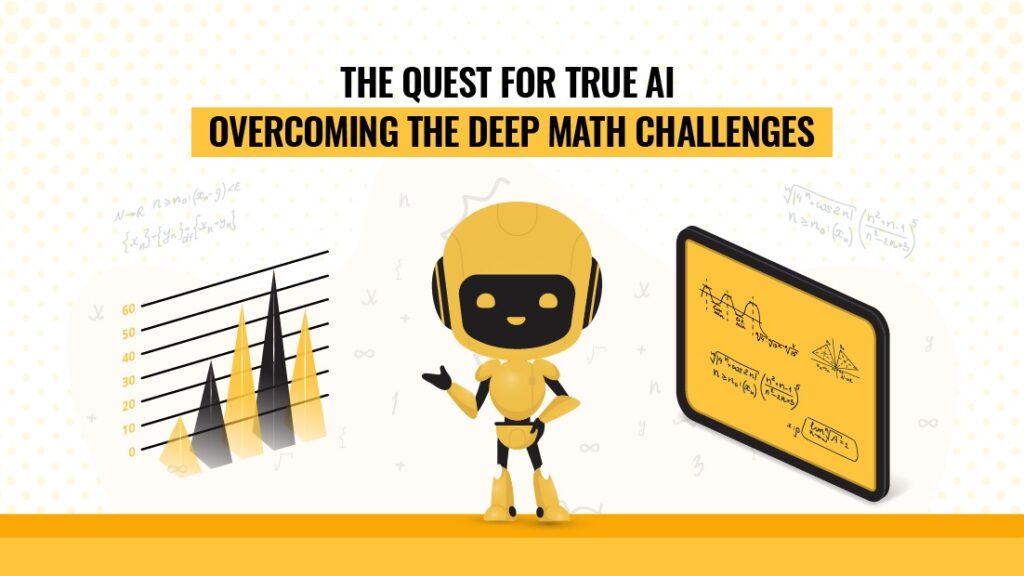The Quest for True AI, aimed at achieving Artificial General Intelligence (AGI) that can match or surpass human capabilities, stands as one of the most ambitious and intricate challenges of our time. Despite the buzz around recent breakthroughs like large language models (LLMs), the journey toward truly intelligent machines demands tackling deep-rooted mathematical problems that go far beyond current AI achievements.
Think of it this way: we’ve made impressive progress in getting AI to perform specific tasks, like writing text or recognizing images. But replicating the flexibility, common sense, and learning ability of a human is a much higher bar.
Yann LeCun, a leading AI scientist at Meta and a Turing Award winner, provides valuable insight into these challenges. He argues that current AI approaches have limitations, and that future progress depends on tackling some key mathematical issues.
The Mathematical Barriers to Human-Level AI
Here are some of the critical mathematical roadblocks we need to overcome:
Learning Like Humans:
Today’s AI needs massive amounts of data to learn even simple things, far more than humans or animals. We need to find ways for AI to learn more efficiently, with less data.
Beyond Predicting Words:
The technology behind LLMs, while impressive, relies on predicting the next word in a sequence. This approach is prone to errors and isn’t a solid foundation for true intelligence, which requires real understanding, not just prediction.
Handling Uncertainty:
AI struggles with the unpredictable nature of the real world. For example, predicting what will happen in a video is much harder than predicting the next word in a sentence. Current methods often produce blurry or inaccurate predictions.
Creating Smarter Models:
We need to move beyond current AI models to those that can better represent the relationships between different pieces of information and understand the world in a more nuanced way. This involves complex math.
AI That Can Reason and Plan:
Current AI excels at pattern recognition, but we need AI that can truly reason, make plans, and solve problems like humans do. This requires advanced mathematical optimization techniques.
A New Direction: Smarter AI Through Better Math
To make progress, LeCun suggests we need to change our approach and focus on:
New Ways to Learn Representations:
Instead of just generating outputs, AI should learn abstract “maps” of the world that allow it to understand and predict what’s important, while ignoring irrelevant details.
Models That Understand Relationships:
We need AI models that go beyond simple input-output relationships and can understand complex dependencies, allowing them to handle situations with multiple possible outcomes.
AI That Thinks and Optimizes:
We need to move towards AI systems that don’t just react, but actively “think” and optimize their actions to achieve goals, similar to how we plan and make decisions. This requires sophisticated mathematical optimization.
The path to true AI is not just about building bigger systems; it’s about solving fundamental mathematical problems. To create AI that can truly understand, reason, and plan, we need to invest in research that pushes the boundaries of mathematics and AI.

